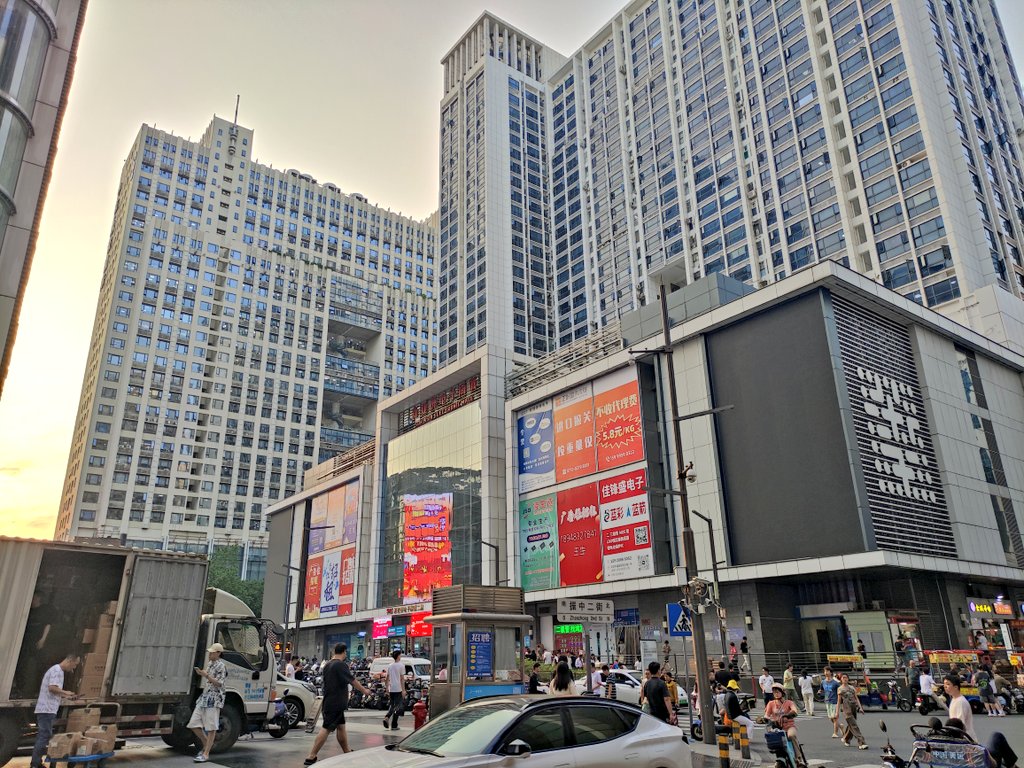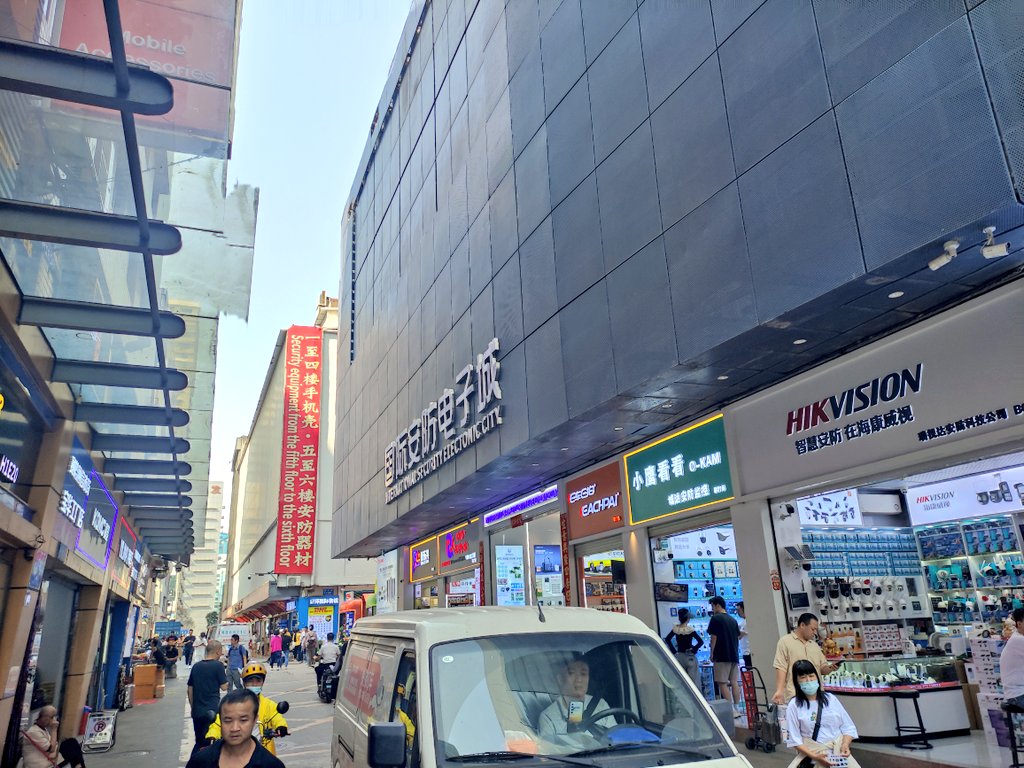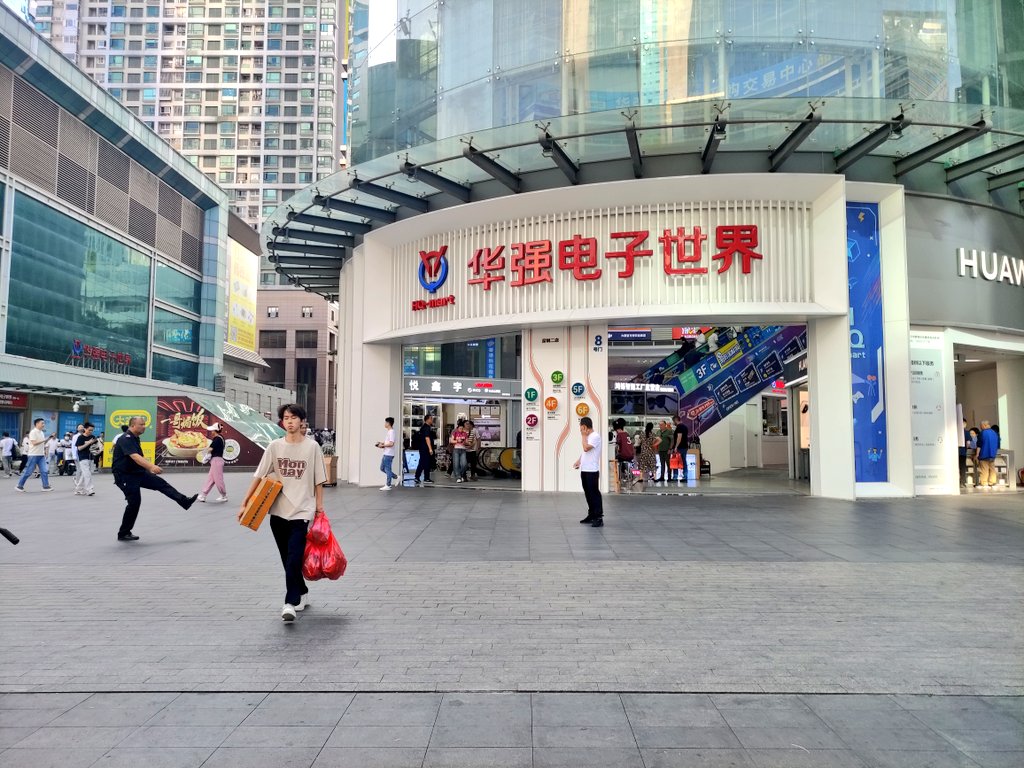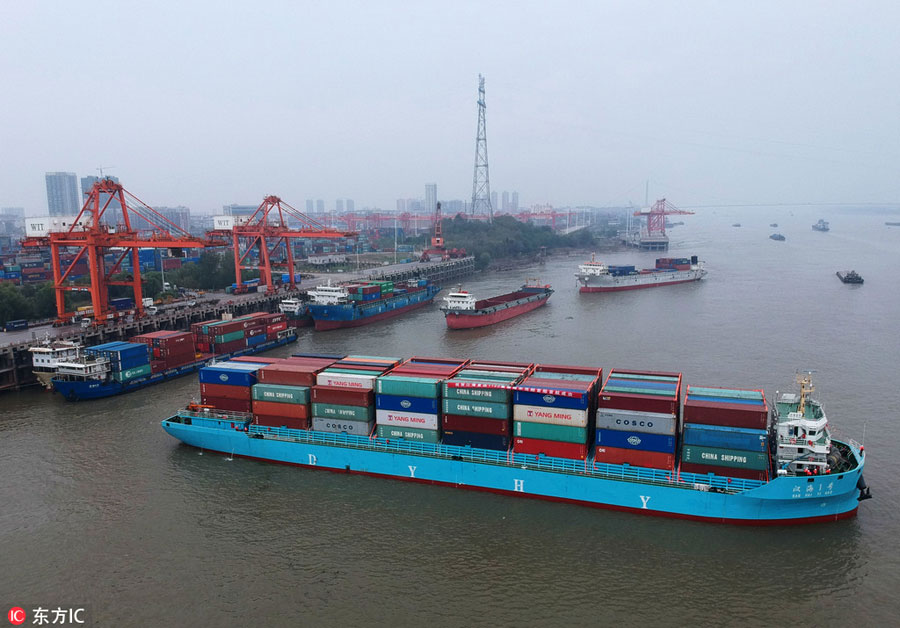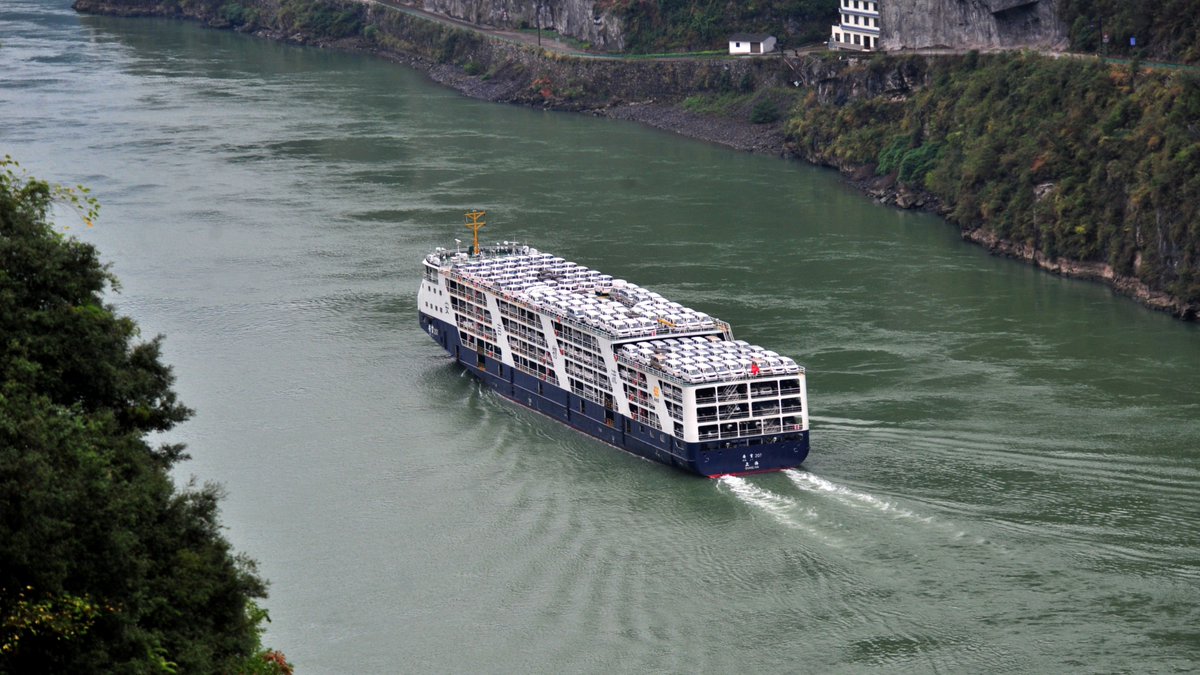Heading to Zhangjiajie W Railway Station a few days ago. I find a taxi and while driving the driver asks me when my train is. I tell him and he says: "oh you're early, can I change my taxi's battery? it's on the way, takes 10 mins?" I said sure... 🧵On my Chinese EV adventure. 
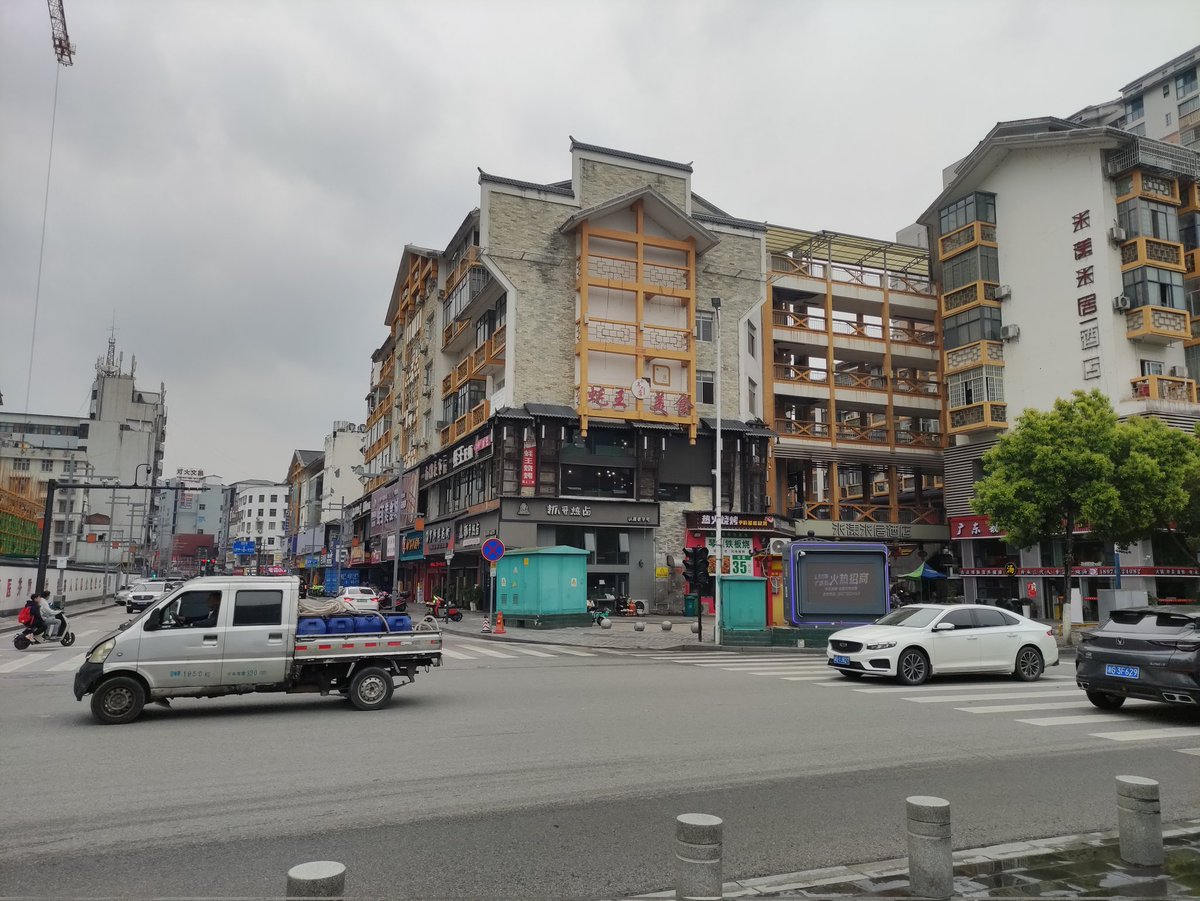
We head off, it was actually on the way and 5 min later we arrive at a lot with two containers on it. Inside each container is a battery swapping station. We wait in line and the taxi in front gets lifted, its battery underneath automatically removed.
Then the container automatically aligns and swaps in a new battery. The car is lowered and awaits payment to be released.
So how does payment and rates work? Payment is calculated by the difference in charge in the swapped batteries with an estimated range. Most of the time batteries still have some range on them when swapped out.
During the swap out process the taxi's licence plate is scanned. In addition during the process of taking out the old battery it is IDed and checked for how much range it still has. When the new battery is swapped in it is also IDed and checked for how much range it has.
The taxi driver pays the difference. We left the taxi so he could drive it in for a swap. When he parked his taxi and came back to us I asked him a bunch of questions. Our driver told me the rate right now is 28 RMB per 100km of range. I asked him what the typical range of a...
...fully charged battery for these EV taxis and he said just over 200km. I ask him if that's enough to use he says on a shift in a normal day it's just enough but you do need to swap once a day as of course you don't start full everytime. Busy days and starting close to empty...
...he does need to swap twice. He believes this is a superior model at least for the taxi industry. Yes the battery is smaller but swapping only takes 10 mins. If he plugged in (which he also could), the fleet and the company will have to manage a 1 hr charging "dead time"...
... Maybe 2-3 hours if it was a bigger non-removable battery. Also the batteries and swapping stations are owned by another company offered as a service to the taxi company so if any issues happen he said the company just puts in a complaint to the battery company...
...I told him I saw a NIO equivalent in Chongqing for private cars and swapping battery tech is basically non-existent overseas. He turned to me and said "Really? Hmm...". I told him that overseas they tend to rely on quick charging if they are in a hurry....
.... "But isn't that hard on the battery?" He said. "Ya basically" I replied. The battery was swapped on our taxi and he scanned a QR code on the side of one of the containers to pay. He showed me the swap costed him 45 RMB.... 

We get in the taxi and head to the railway station. He asked me where I am from. "Hong Kong" I replied. "Oh" he said "I thought you sounded like Guangdong people! When you speak Cantonese with your family [in the back] I could not understand at first and thought it was a ...
...foreign language but then listening closer I could understand half of what's going on. I heard in the news alot of Hong Kongers this year are coming over to Shenzhen to shop." I replied "Ya Shenzhen is fun and cheap" "HK is expensive." He mused. "Yes." I stated.
We stop at a red light, he opens the 12306 railway ticketing app on his phone on the stand. "You can look for your train. 2 years ago a new HSL opened to Zhangjiajie there are high speed trains heading everywhere Changsha, Guangzhou, Wuhan, Chongqing, Shenzhen, Hong Kong."....
...He said while flipping through the list of high speed railway departures from Zhangjiajie W station. "It really helped bring people over here even tho we have an airport." ....
.... We arrive at Zhangjiajie West HSR station. The trip was 25 RMB (this is a discount as the leg to the battery swapping station on the way was unpaid he turned off the meter). 

I wait in the station to enjoy China's other world class electric transport system. Thanks for reading this thread. For more transport and urbanism threads like share and subscribe. Slam the bell for future notifications.
• • •
Missing some Tweet in this thread? You can try to
force a refresh




